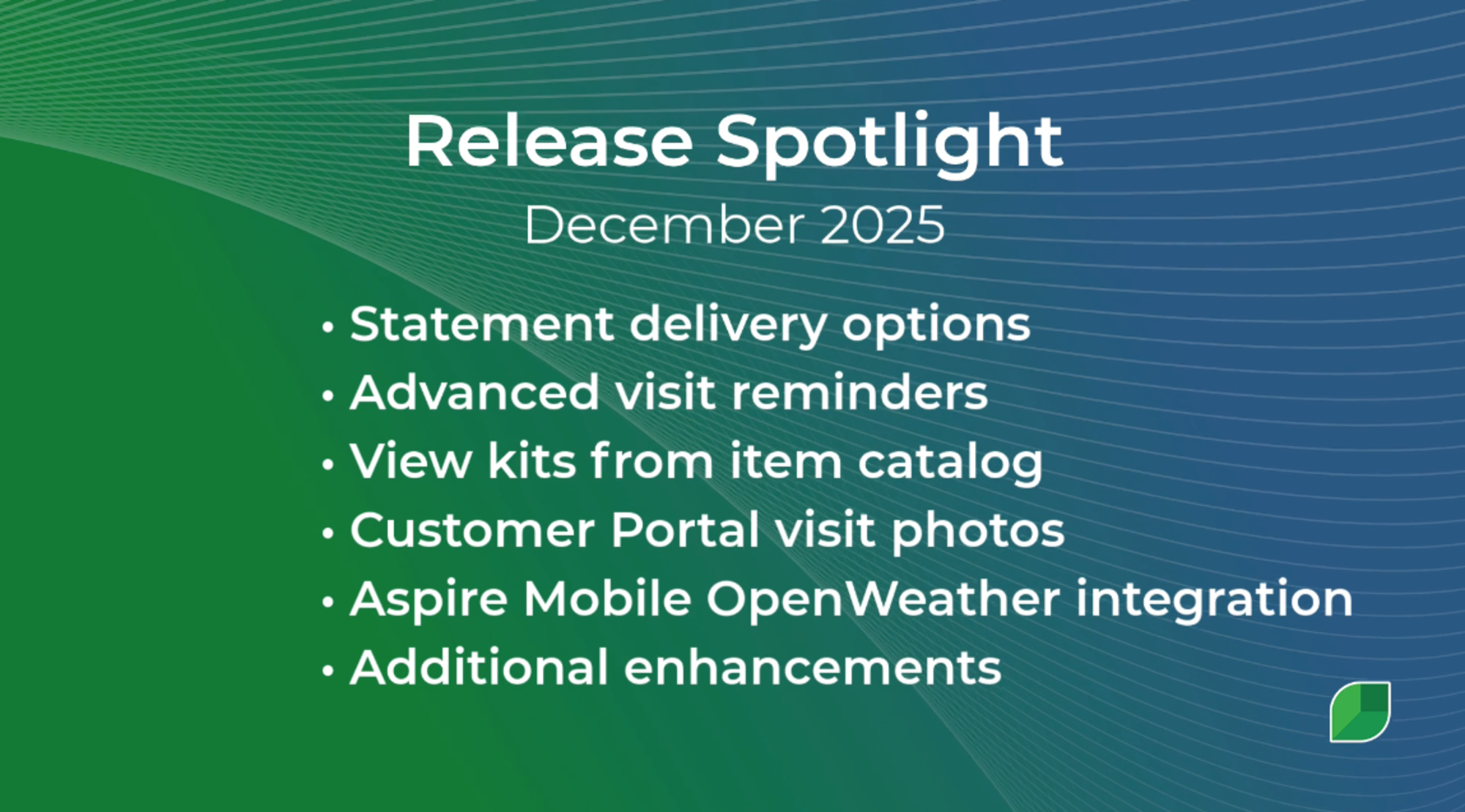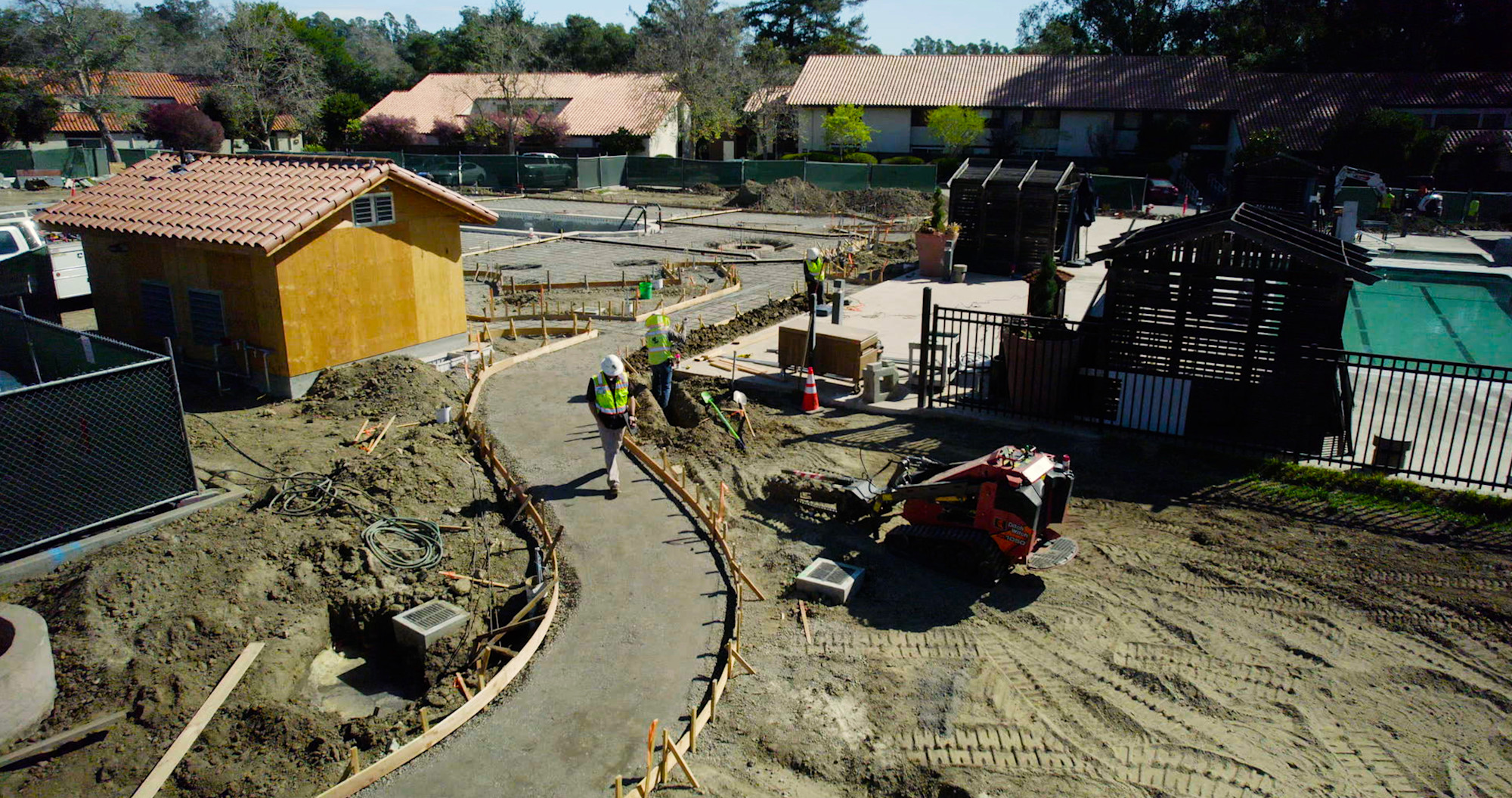Table of Contents
Table of Contents
- How to Subcontract Landscaping Work–Best Practices
- What is Subcontracting in Landscaping?
- How to find the right subcontractors for landscaping
- What are the Challenges of Subcontracting in Landscaping?
- Best Practices for Subcontracting Landscaping Work
- Manage subcontractors more effectively with Aspire’s business management software.
How to Subcontract Landscaping Work–Best Practices
Subcontracting is essential for landscaping businesses to manage workload and improve service.
Smooth operations and compliance depend on fine-tuning the landscaping subcontractor onboarding process and tax deductions.
Subcontracting solves everyday problems, including:
Lack of capacity to handle incoming projects.
Need for specialized skills in specific areas.
Managing seasonal demand fluctuations effectively.
By outsourcing, you can focus on your core services, such as lawn care and landscape design, while delivering top quality to your clients.
What is Subcontracting in Landscaping?
Subcontracting in landscaping means hiring external professionals to do specific tasks or projects. A contractor who negotiates contracts and oversees project completion hires subcontractors to manage workload and maintain high service standards.
Commonly subcontracted tasks include:
Hardscaping: Building patios, driveways, and retaining walls.
Irrigation: Installing and maintaining sprinkler systems.
Tree Work: Pruning, removing, and planting trees.
Subcontractor vs. Employee:
Subcontractor: Hired for specific tasks, works independently, brings own tools.
Employee: Works for the company, follows company protocols, and uses company tools.
Now, let’s find the right subcontractors for your landscaping projects.
How to find the right subcontractors for landscaping
Finding the right landscaping subcontractors is hard, but investing time and energy in doing it right pays off in the long run. Completing the necessary forms to become a landscape contractor is critical as it ensures compliance with legal and tax requirements.
1. Leverage Industry Associations
Local or national landscaping associations, like the National Association of Landscape Professionals, are great resources for finding landscape subcontractors. Check their websites or contact them directly for member directories or subcontractor listings. Attend their events to network with potential landscape contractors and build relationships within the industry.
Steps to Leverage Industry Associations:
Identify Associations:
Local landscaping associations
Utilize Resources:
Member Directories
General contractor listings
Network at Events:
Attend industry conferences
Participate in workshops and seminars
2. Use Online Platforms
Research job sites that match general contractors and subcontractors, such as Thumbtack, Indeed, ZipRecruiter, or landscaping-specific platforms, in your area.
Create a detailed profile with your business, services, and subcontractor requirements. Browse profiles, read reviews, and contact potential candidates.
Steps to Use Online Platforms:
Research Platforms:
Landscaping-specific platforms
Create a Profile:
Highlight your business and services
Specify what you're looking for in a subcontractor
Evaluate Candidates:
Browse profiles
Read reviews
Contact potential subcontractors
Once you build trusting relationships with subcontractors, you can focus on diversifying your services and gaining more landscaping customers.
3. Get Referrals
Talk to other landscape business owners in your area who are non-competitors. Ask if they have worked with subcontractors they recommend.
Ask about the subcontractor’s specialty, reliability, and communication style. For instance, can they mow, snow remove, or install driveways?
Steps to Get Referrals:
Connect with Peers:
Speak to local landscape business owners
Focus on non-competitors
Ask for Recommendations:
Specialty areas
Reliability and communication
Follow Up:
Contact recommended subcontractors
Discuss potential collaboration
Building a robust network in your market can help grow your business in other ways, including getting more landscaping customer referrals.
4. Vet Candidates Carefully
Verify licensing and insurance by requesting proof of current licensing in your state or region and their liability insurance certificates (general liability, workers’ compensation, and any others required by your state).
Ask for references and contact past clients to ask about project quality, professionalism, and overall satisfaction.
Review portfolios and interview potential subcontractors for experience, typical project timelines, pricing structure, and availability.
Steps to Vet Candidates:
Verify Credentials: Check licenses and insurance.
Ask for References: Contact past clients and ask to visit clients’ properties.
Review Portfolios: Examine previous work.
Conduct Interviews: Ask them to break down their experience, timelines, pricing, and availability and evaluate job performance and business expenses.
What are the Benefits of Subcontracting in Landscaping?
Subcontract work has many benefits for landscaping businesses, such as streamlining operations, improving service quality, and maximizing workload capacity.
Expand Service Offerings: Subcontracting allows you to offer more services, such as hardscaping, irrigation, and tree work, without in-house specialists. This will enable you to meet more client needs and attract more business.
Increase Capacity: By hiring subcontractors, you can take on more projects simultaneously, reduce the backlog, and get projects done on time. You can maintain a steady workflow and increase client satisfaction. Subcontractors can also handle specific jobs within a project more efficiently, so each task is done by experts.
Access Specialized Skills and Equipment: Subcontractors bring specialized skills and equipment, such as advanced landscaping design tools or heavy machinery for large projects. This expertise improves your services and allows you to take on bigger projects.
Improve Time Management: Subcontracting allows you to manage your time better by focusing on your core competencies and having subcontractors handle specific tasks. This division of labor ensures projects get done efficiently and on time.
Potentially Reduce Costs: Using subcontractors reduces the costs of hiring and training full-time employees. You only pay for the services when needed, which helps control expenses and increase profits.
Leveraging subcontractors for business growth is just one aspect of running a successful landscaping company. Using the right business management software, like Aspire, can help you effortlessly manage employees and subcontractors, generate accurate estimates, schedule and route, and invoice, all while generating real-time job performance data from across your organization.
Now, let’s talk about subcontracting challenges and how to overcome them.
What are the Challenges of Subcontracting in Landscaping?
Subcontracting has its own challenges that landscaping businesses must navigate to get successful project outcomes.
Difficulties in Coordination: Managing schedules between your team and subcontractors can be challenging. Good project management tools and regular updates are key to keeping everyone on the same page.
Quality Consistency: Getting subcontractors to meet your quality standards can be challenging. Clear communication and detailed contracts outlining expectations and standards are crucial to consistency. Also, make sure subcontractors comply with government regulations to avoid any legal issues.
Disagreements and Disputes: Disputes over project scope, timelines, or payment terms can arise. Clear agreements and good conflict resolution strategies can minimize these issues.
By eliminating the everyday tasks from your office team, you free up bandwidth for them to identify challenges early to minimize their impact. Automating your landscaping business is essential in igniting growth and building lasting success.
Now, let’s talk about best practices for subcontracting landscaping work.
Best Practices for Subcontracting Landscaping Work
Following best practices helps overcome subcontracting challenges and achieve successful project outcomes.
Clear Written Contracts: Outline project scope, timelines, payment terms, and responsibilities to avoid misunderstandings and disputes. Include subcontracting plans and local regulation compliance.
Open Communication: Set up regular check-ins and reporting expectations to keep everyone transparent and on the same page.
Quality Control: Manage site visits, progress assessments, and procedures for addressing issues to ensure work meets your standards.
Payment Management: Define payment structure, invoicing process, and timelines to ensure smooth transactions and no payment delays.
Following these best practices makes subcontracting easier.
Now, let’s talk about how software can help subcontract landscaping work.
Manage subcontractors more effectively with Aspire’s business management software.
Subcontracting in landscaping has many benefits, from expanding services to increasing capacity and access to specialized skills.
However, it also has its challenges, such as coordination difficulties, quality consistency, and disputes. Following best practices like clear contracts and open communication can help minimize these issues.
Also, subcontracting can bring out the best in each commercial property your team services.
Aspire’s business management software can streamline subcontracting processes, boost quality control, and improve efficiency. Aspire’s features and resources contain business tips and subcontractor agreements you can use for your business.
Book a free demo with Aspire to see how our landscaping business software can help your landscaping company thrive.







